Filmmaking is an endeavor that requires numerous talents both behind and in front of the camera to work. On a production the size of The Dark Knight, the number of collaborators can stretch into the hundreds, with each having to work in harmony to make each iconic scene flow.
From the costume designers to the special effects teams to the musical composers, each production team member performed at the top of their game to make Christopher Nolan's urban crime Bat-flick a global phenomenon. As detailed in the book The Art And Making Of The Dark Knight Trilogy, here are 10 fascinating insights into The Dark Knight from the filmmakers themselves.
10 Nolan Crafted The Ending First
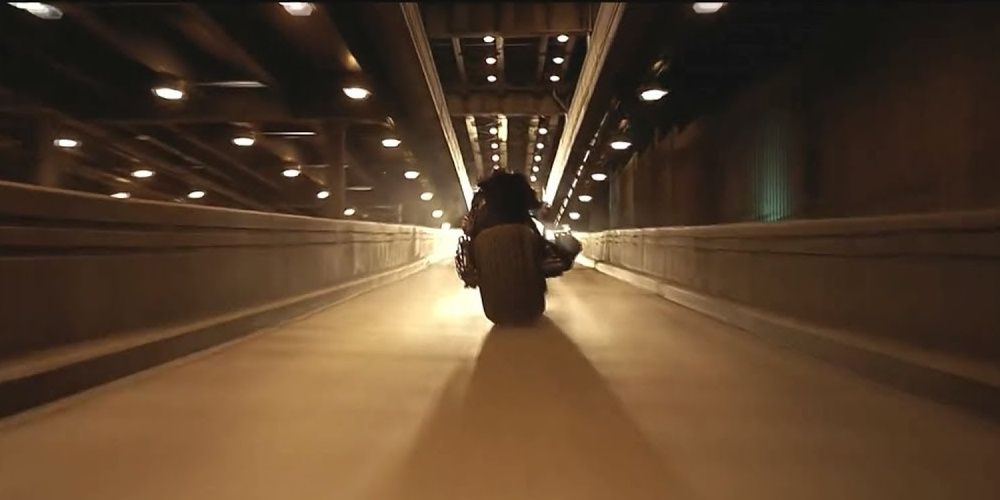
No stranger to working backward to tell a story, Nolan prefers to visualize his endings first and work backward from there. According to his brother Jonathan, who co-wrote the film, Nolan is "very driven by endings," and the image of an on-the-run Batman being chased by police was the jumping-off point for the director.
Initially, the scene was envisioned as a foot chase across rooftops before evolving into the iconic Bat-Pod driving through the streets. Though the story necessitated the change, the sobering message of Batman being pursued by the people he swore to protect remained.
9 The Villains Drove The Narrative
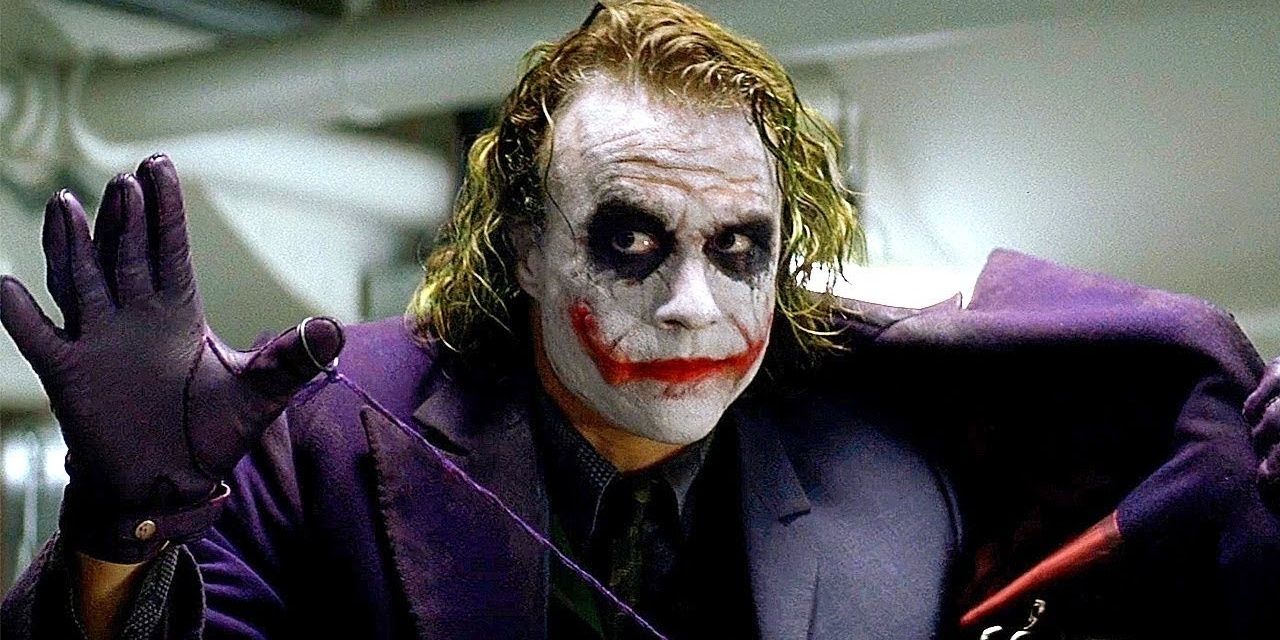
As the writers brainstormed storylines for the film, they asked what the repercussions of Batman's presence would be and what kinds of criminals would emerge. The answer was Heath Ledger's Joker, a man born out of a desire to watch Batman's rule-driven world burn. Drawing inspiration from Steven Spielberg, they wanted the character to feel like the shark in Jaws, an unknowing force of nature.
Conversely, even though Bruce Wayne got the most screen time, it was determined early on that Harvey Dent would be the protagonist of the story. As co-writer David S. Goyer notes, Harvey was conceived as the character who would change over the course of the film as the Joker corrupts and eventually breaks him.
8 Wally Pfister Trained On IMAX Cameras For 3 Months
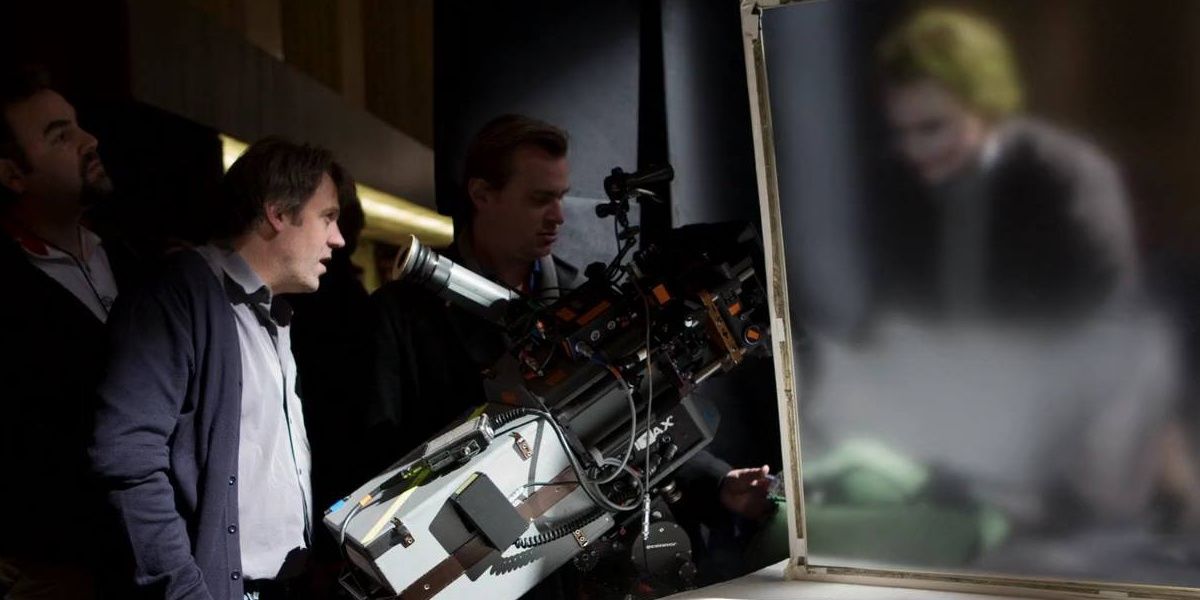
In December of 2007, audiences got their first look at the film via a thrilling 6-minute prologue, detailing the film's opening bank robbery and the Joker's introduction. Additionally, the filmmakers were also testing the awe-inspiring potential of using IMAX cameras in Hollywood films.
In order to meet the December deadline, Nolan had to film the prologue sequence first in April 2007. This meant that Wally Pfister, the director of photography, would need to learn the basics of filming on IMAX in January and thus convince the studio it would work. Having not yet green-lit Nolan's wishes to film on the pricier format, Pfister's preparation was instrumental in gaining Warner Bros. approval.
7 Nolan Challenged The Special Effects Teams
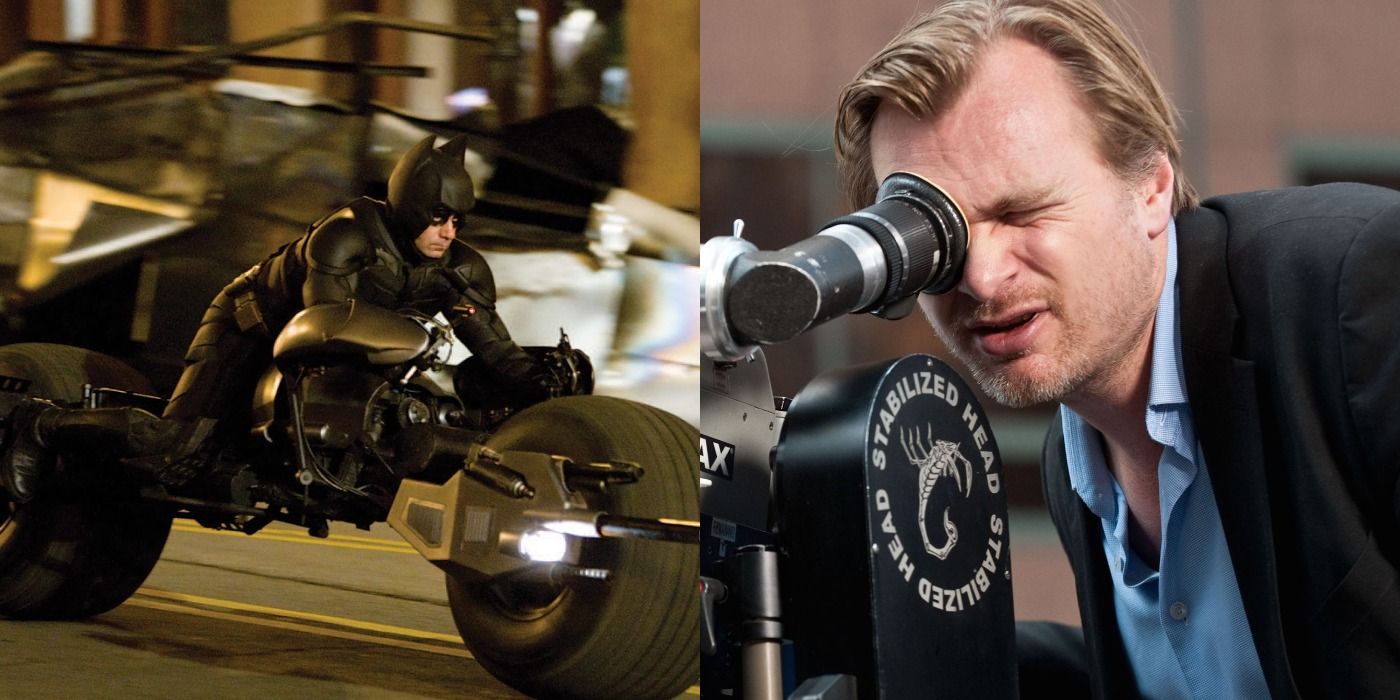
Having worked together on Batman Begins, Special Effects Coordinator Chris Corbould knew Nolan well, and he especially knew that the visionary director liked to request things that were high on visual appeal but low on functionality.
The Bat-Pod was one such hurdle, as Corbould recalls thinking "you've got to be joking" when seeing the toy model for the first time. Humorously theorizing that Nolan had clearly never ridden a motorcycle, he told him what he thought could work (driving in straight lines) and what couldn't (turns); Nolan simply replied: "you'll sort it out." The end results certainly thrilled audiences and the filmmakers alike.
6 The Prestige Inspired The Visual Palette
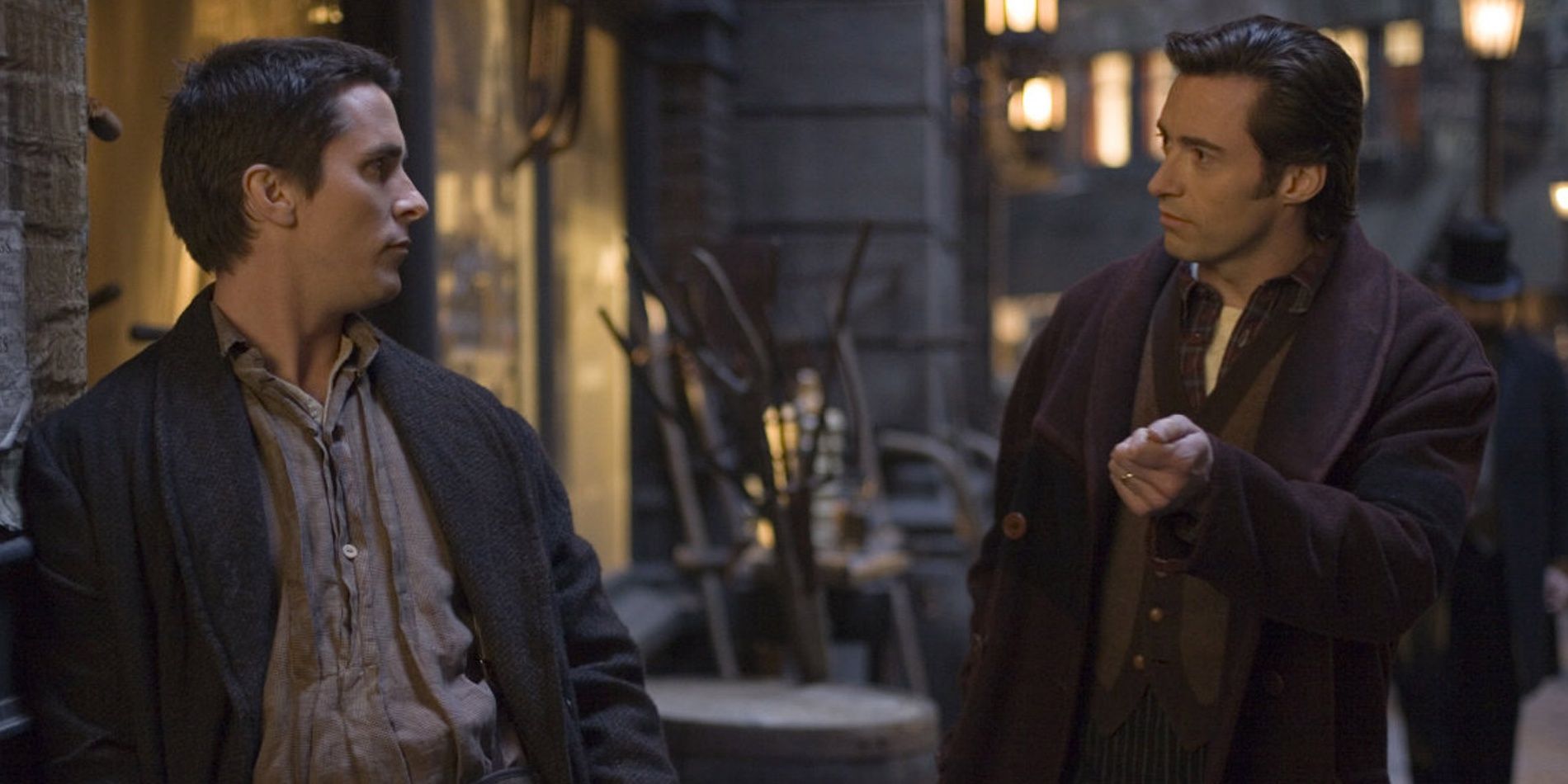
In between his first two Batman ventures, Nolan co-wrote and directed The Prestige, a smaller and more intimate production. Apart from offering Nolan's production team a breather from Gotham City, it also helped shape some of the gorgeous cinematography for The Dark Knight.
Pfister, who worked on both films, says that filming the dusk scenes in The Prestige inspired them to incorporate a similar look in The Dark Knight. While Batman Begins operated in something of a rust-orange and black visual hue, the sequel featured more colors and multiple scenes taking place at dusk with a deep blue tint, such as Batman standing on the Sears Tower and Bruce's penthouse overlooking the city.
5 The "Bat-Pack" Made An Appearance
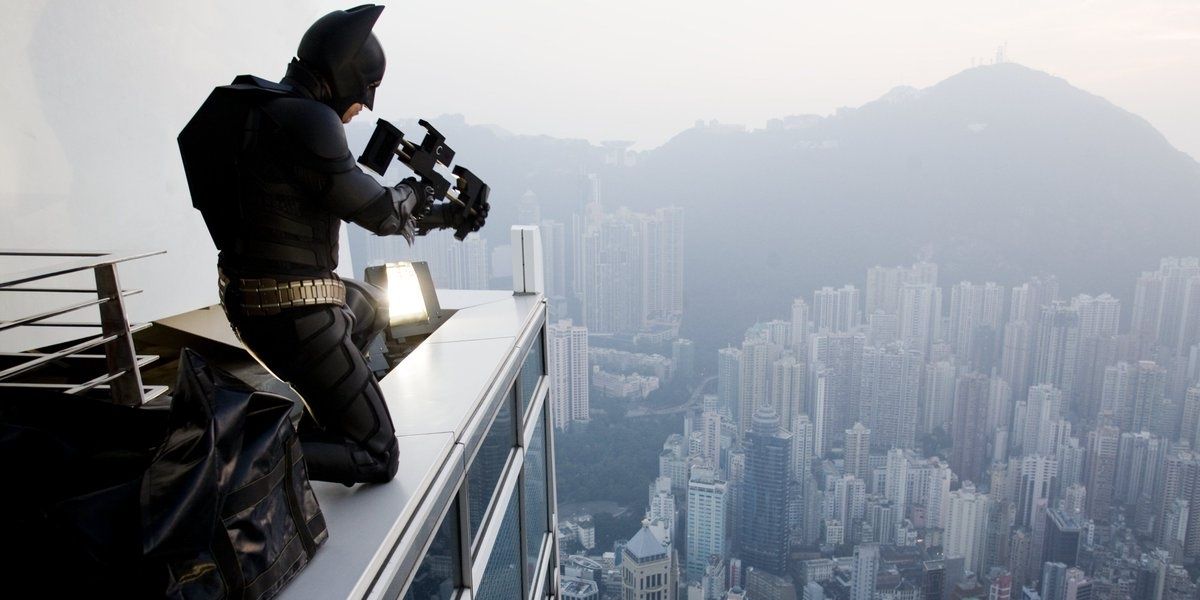
While not initially meant to appear the way it did in the film, Batman's "Bat-Pack" made its big-screen debut regardless. In the scene where Bruce stands high above Hong Kong preparing to extract Lau from his offices, audiences noticed Batman's cape was not present when he jumps off the building. It's only when he's in midair that it deploys like a parachute out of the back of his suit.
Originally, the pack was created by Costume Designer Lindy Hemming for traversal on the Bat-Pod. Not knowing if the cape would get caught up in the pod's gears during operation, her team initially developed the pack to keep it tucked away and safe. Test rides proved that the cape would stay on, and the stuntmen wore detachable capes instead.
4 Nolan Withheld The Movie From The Composers
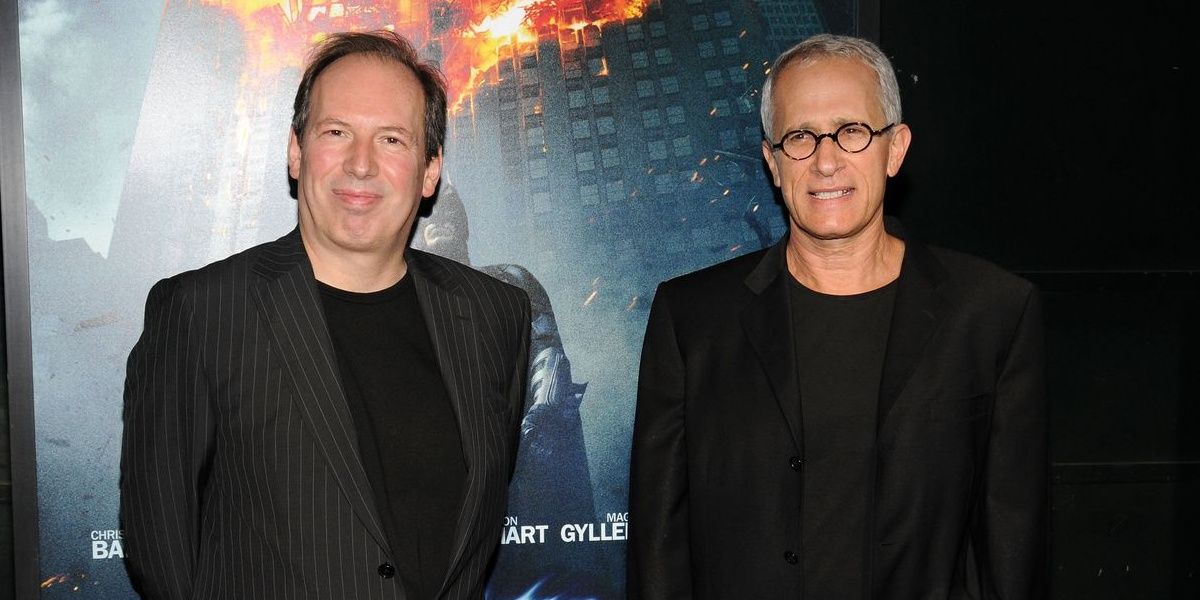
As they had on Batman Begins, musical composers Hans Zimmer and James Newton Howard returned to collaborate on the sequel together. Due to Nolan's wishes for his movies to be character-driven, he intentionally withheld the film from them so that they could write based on the characters and not try to simply write to the film's editing beats.
The duo decided to divide the task into separate characters, with Zimmer taking the Joker and Howard Harvey Dent. The results were amazing, with Zimmer's un-nerving Joker theme announcing his presence anywhere he went, while Howard's tragically operatic piece mirrored Harvey's fall from grace.
3 The Truck Flip Stunt Man Wore Joker Makeup
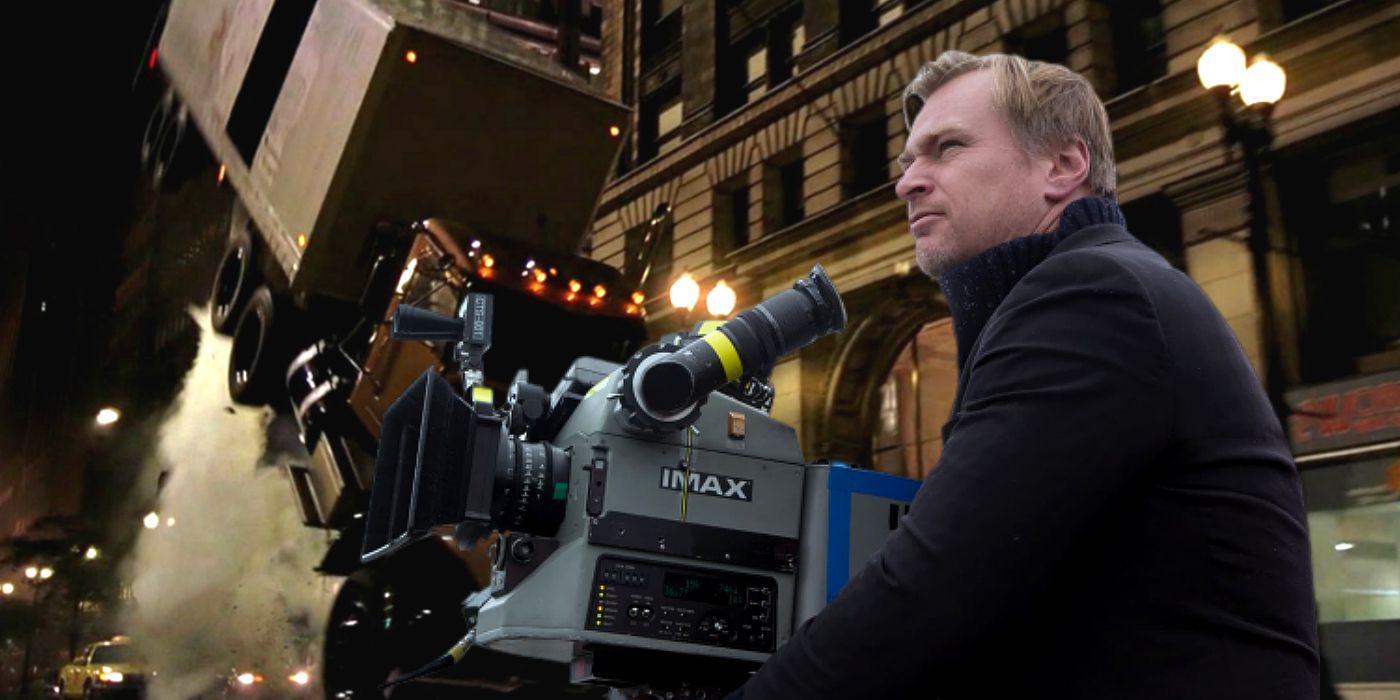
It's no secret that Nolan loves practical effects done on location, and The Dark Knight had no shortage of major stunts to film. None were more show-stopping than the climactic end to the Joker and Batman's chase through Gotham.
Corbould's special effects team rigged a semi-truck to flip using a giant piston underneath the trailer, but only had a narrow stretch of road to operate with. In preparation for this, Nolan set up several cameras to catch the majestic stunt, while veteran stunt driver Jim Wilkey operated the truck. Unsure which angle would be used, Wilkey wore full Joker make-up just in case. Who knows, he may have even gotten it applied by Ledger himself.
2 Gotham City Was Larger
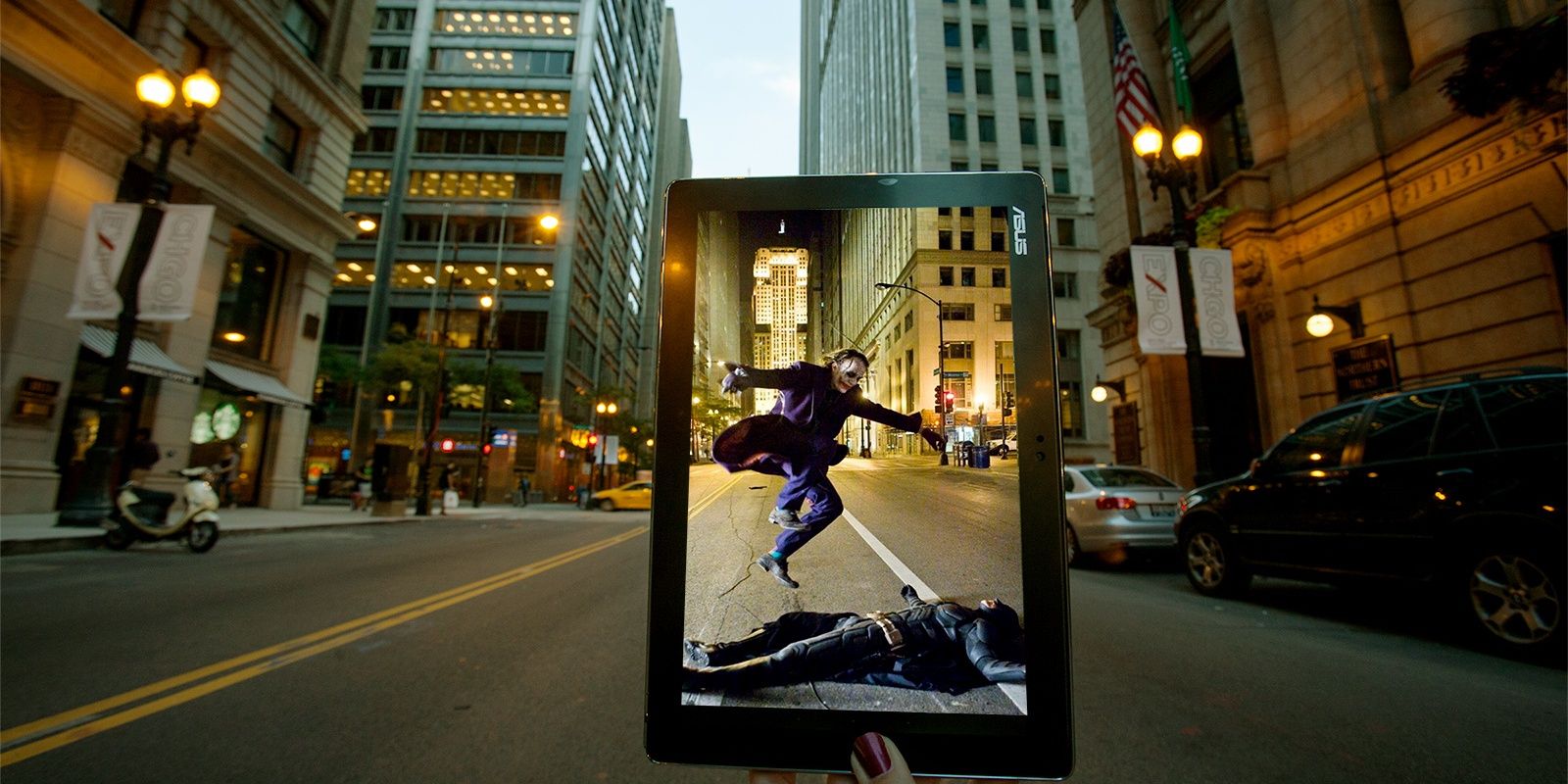
The Dark Knight feels like a larger film than it's predecessor, but the story actually envelops less geographical space. Taking place entirely in Gotham City (with a brief respite to Hong Kong), even Bruce's penthouse is in the city rather than on the outskirts, as is his new Bat-Bunker.
Shooting more in the city allowed the production team to create the urban, modern feel the script called for. The film's production designer Nathan Crowley explains that by filming more on location than on sets, the film would feel bigger and rawer, which benefited the story they sought to tell.
1 Heath Ledger Was Gracious To The Crew
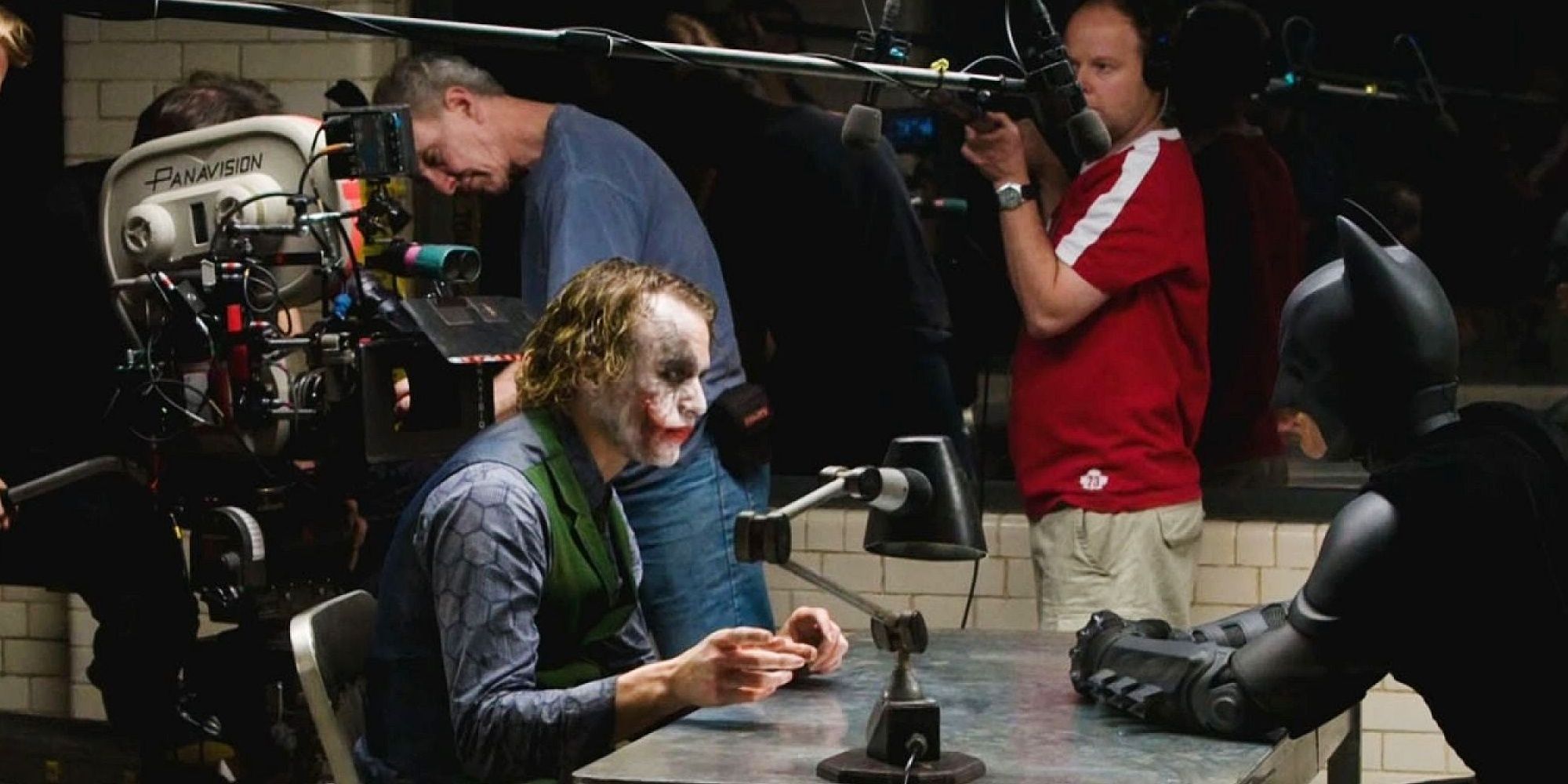
It goes without saying that Ledger was a magnetic force of an actor. The devotion to his craft didn't stop him from being gracious to those who helped bring his performances to life though.
At the end of a day's filming on a particular scene, Ledger felt he and his co-star were finding something special in their performances. Rather than try and recapture it the next day, he asked Nolan if they could stay late. Knowing this could be hard on the crew, Nolan learned months later that before he left that night, Ledger quietly thanked each individual member of the crew for staying late.
from ScreenRant - Feed https://ift.tt/2TFUi8I
via IFTTT







0 comments:
Post a Comment